Reminiscences of Japan in Chengdu’s Shangri-La
The hotel's two restaurants were designed by architect Toshimasa Tsutsumi and are reminiscent of traditional Japanese wooden houses.
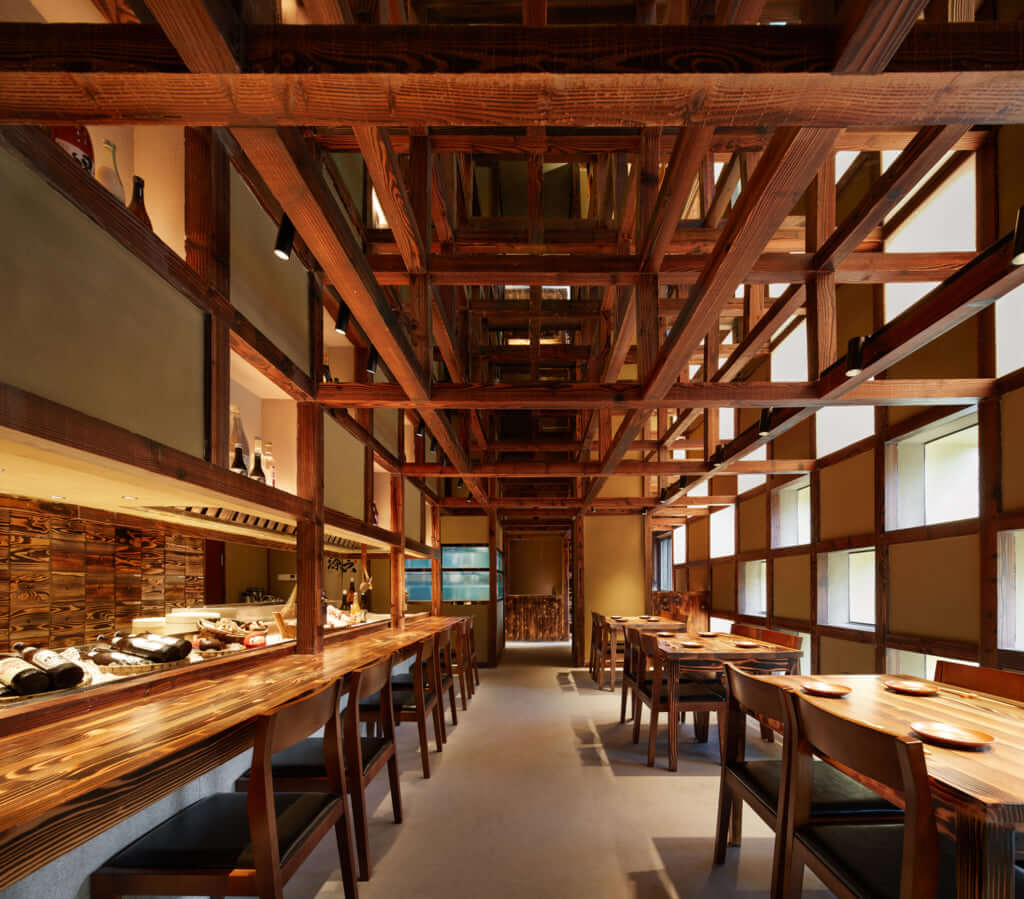
© Liu Wei
This luxury hotel in the capital of Sichuan (Chengdu is renowned for both its panda population and its growing number of start-ups) entrusted its two restaurant spaces to Japanese architect Yoshimasa Tsutsumi.
Wooden replica of a listed building
The first restaurant is centred around robatayaki, a grilling technique widely used in Japan. The space showcases the ceiling beams, directly inspired by the famous Yoshijima House in Gifu Prefecture. This traditional house, built in 1907 by wealthy sake merchants from Kanazawa City, is the first to officially be considered a site of Japanese cultural heritage or an Important Cultural Property.
Refinement of rooms dedicated to tea ceremonies
The second, smaller restaurant specialises in kaiseki, a gastronomic practice that consists of combining small portions of different dishes, each carefully prepared. To differentiate it from the rest of the space on this floor, the architect chose to decorate the ceiling with fine wooden panels, typical of tea tasting spaces across Japan. Superimposed, they create a slightly shimmering effect that contrasts with the heavy beams in the first restaurant.
Guests are free to choose between the two restaurants, and in Chengdu’s Shangri-La Hotel they can be sure to find a little slice of Japan in the heart of China.
More information on Chendgu’s Shangri-la on its website.
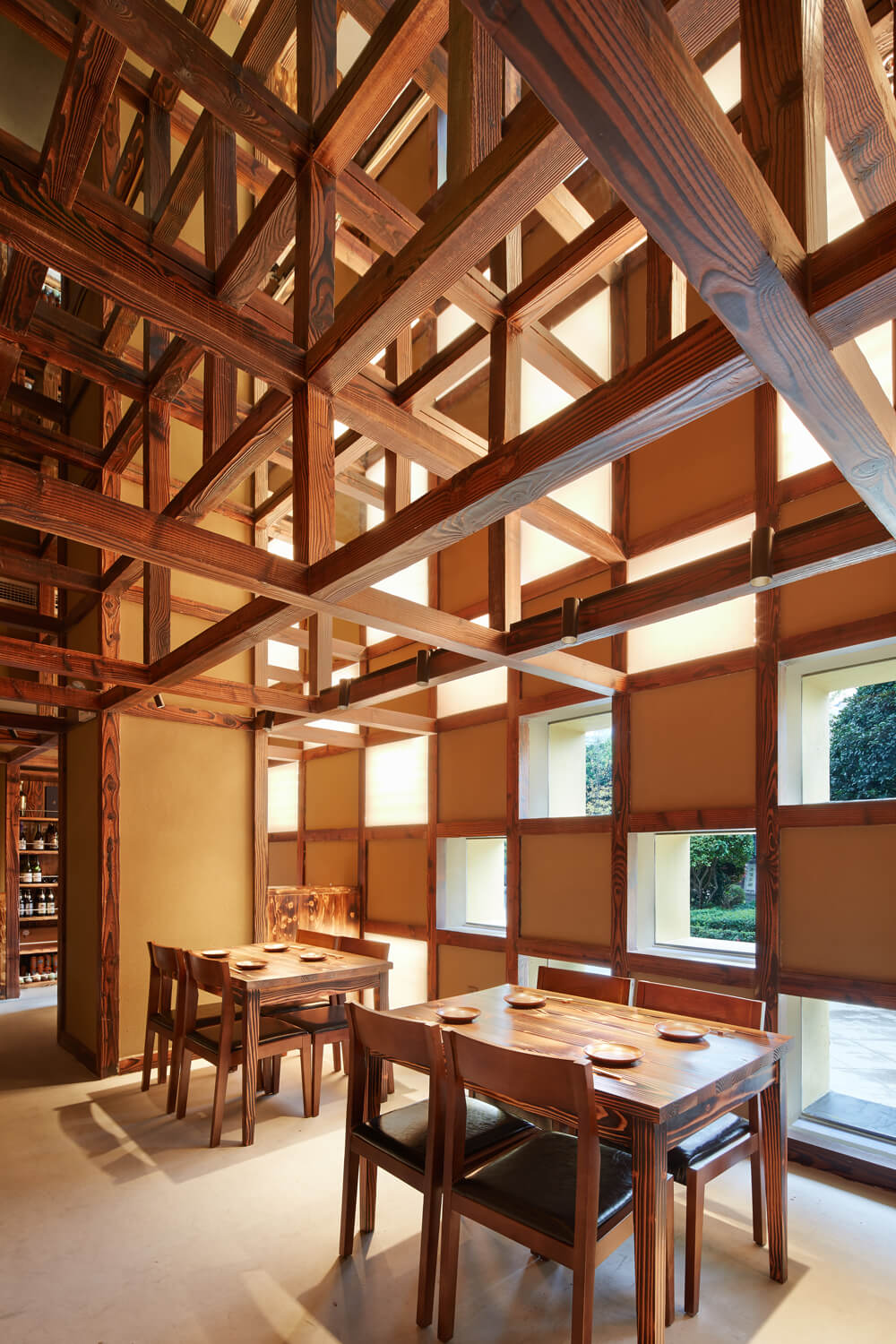
© Liu Wei
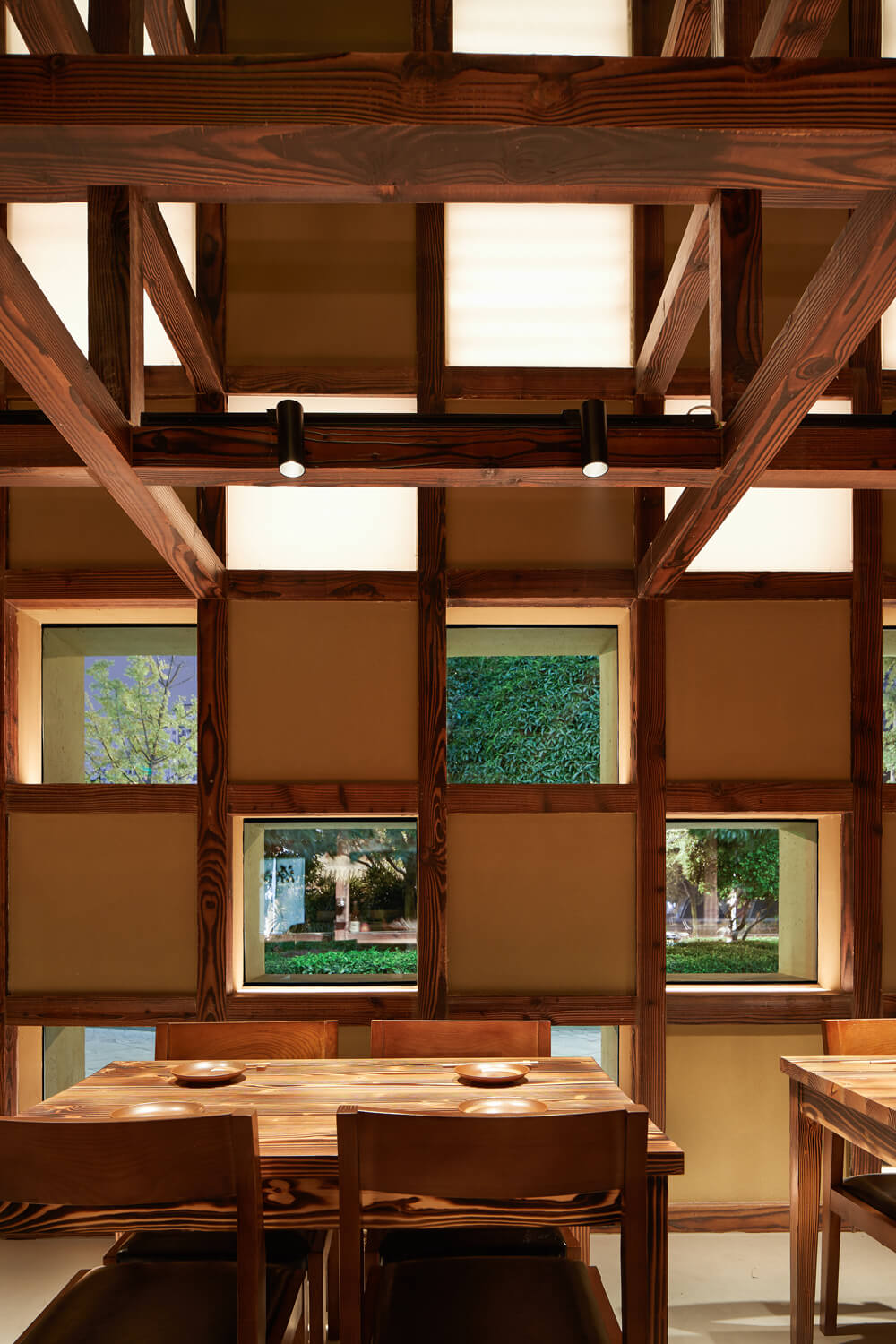
© Liu Wei
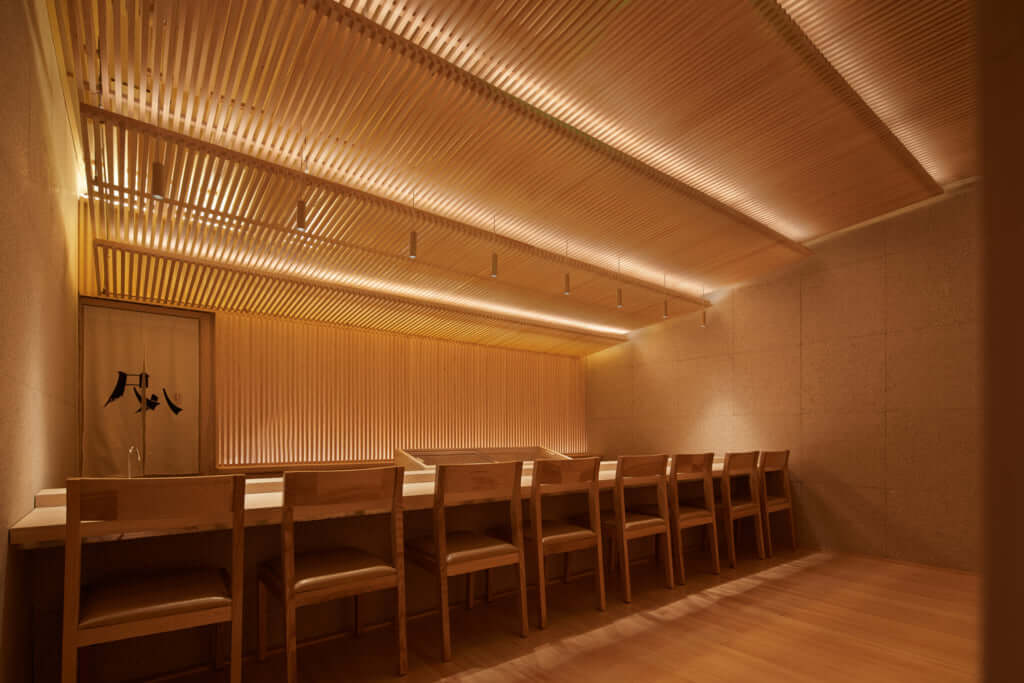
© Liu Wei
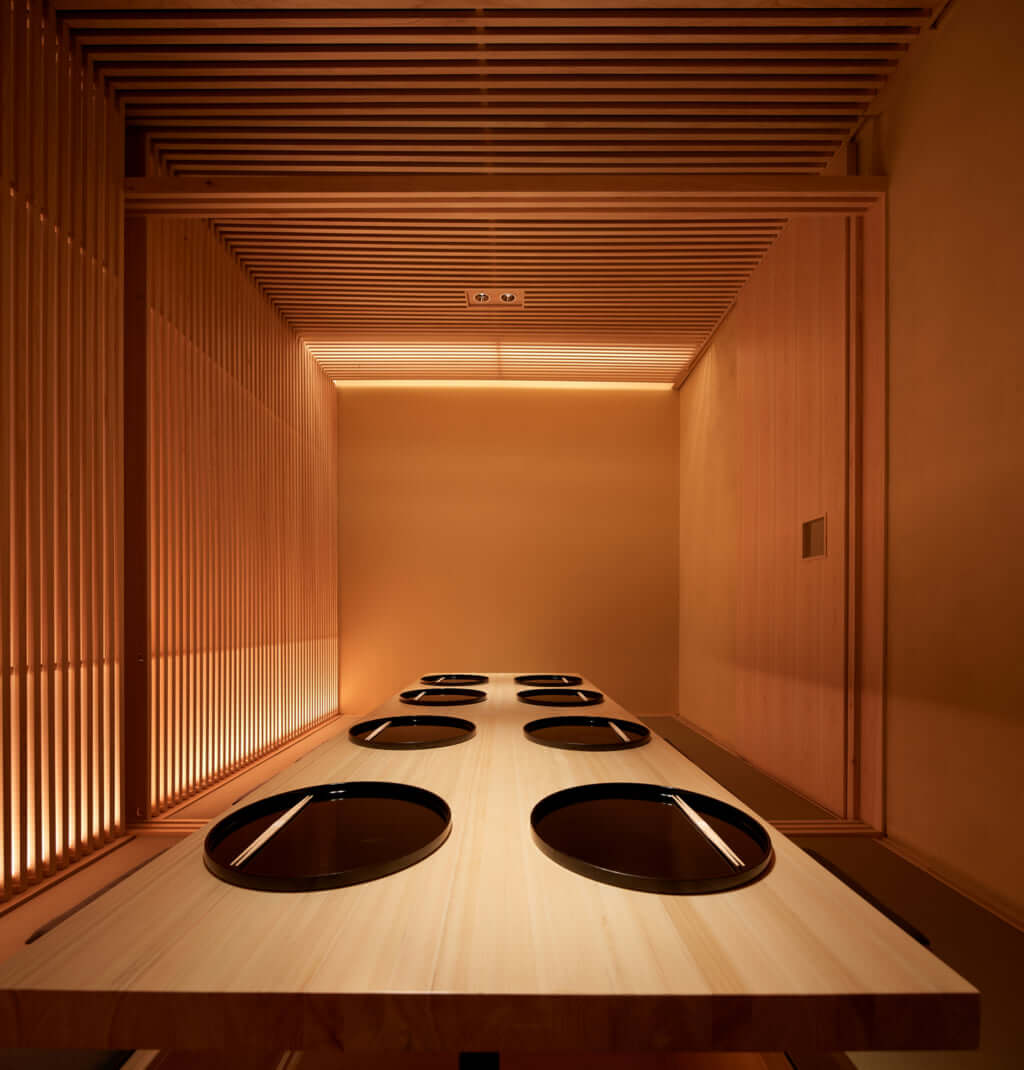
© Liu Wei
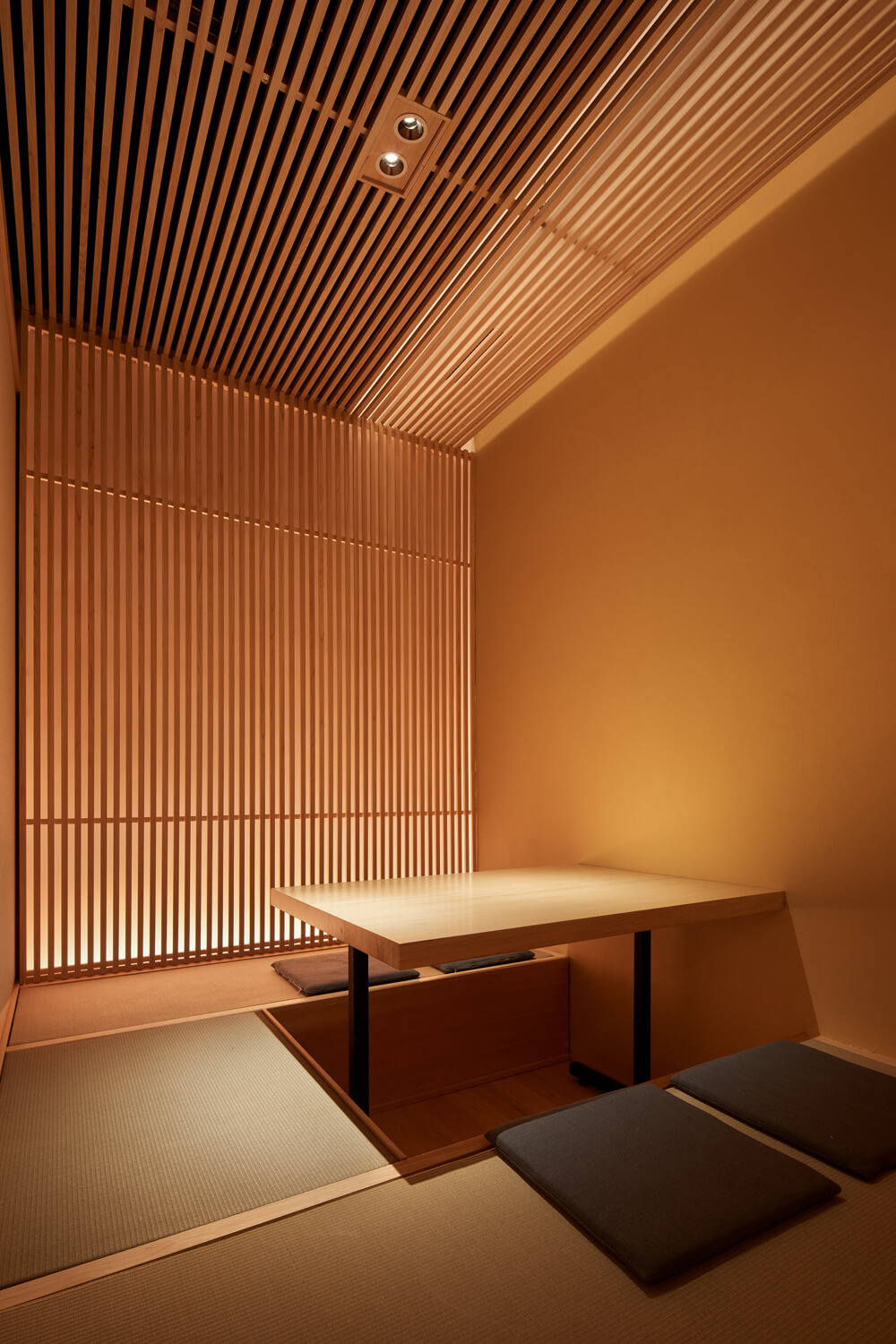
© Liu Wei
TRENDING
-
Gashadokuro, the Legend of the Starving Skeleton
This mythical creature, with a thirst for blood and revenge, has been a fearsome presence in Japanese popular culture for centuries.

-
The Tattoos that Marked the Criminals of the Edo Period
Traditional tattoos were strong signifiers; murderers had head tattoos, while theft might result in an arm tattoo.

-
The Tradition of the Black Eggs of Mount Hakone
In the volcanic valley of Owakudani, curious looking black eggs with beneficial properties are cooked in the sulphurous waters.

-
Recipe for Ichiraku Ramen from ‘Naruto’ by Danielle Baghernejad
Taken from the popular manga with the character of the same name who loves ramen, this dish is named after the hero's favourite restaurant.

-
Tatsuro Yamashita, King of City Pop
The visionary pop singer and producer, who endowed the Japanese tech-boom as a utopian escape for future generations.





